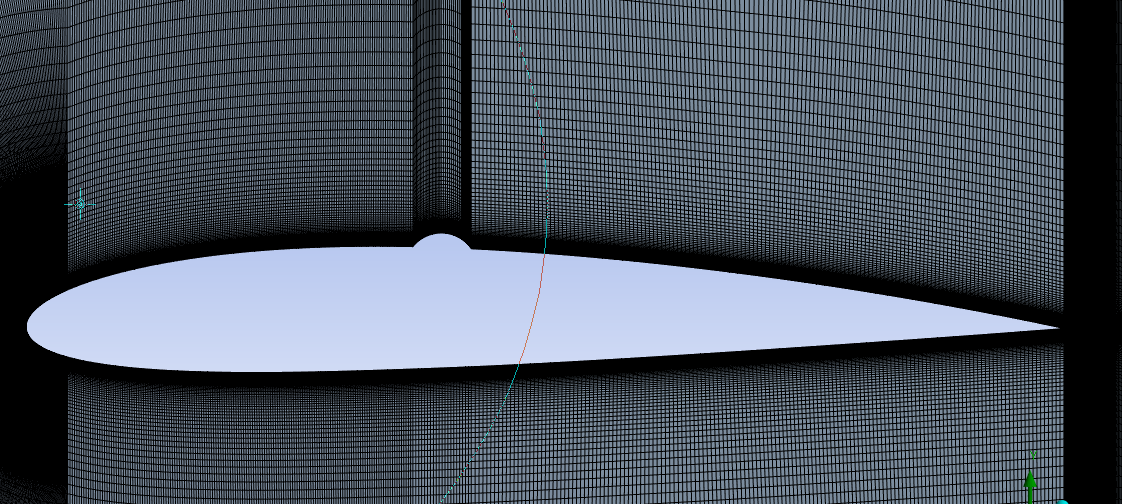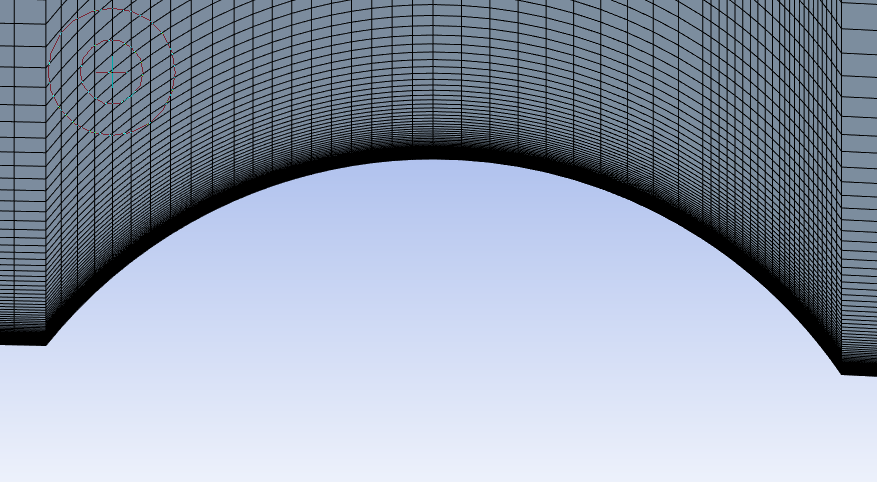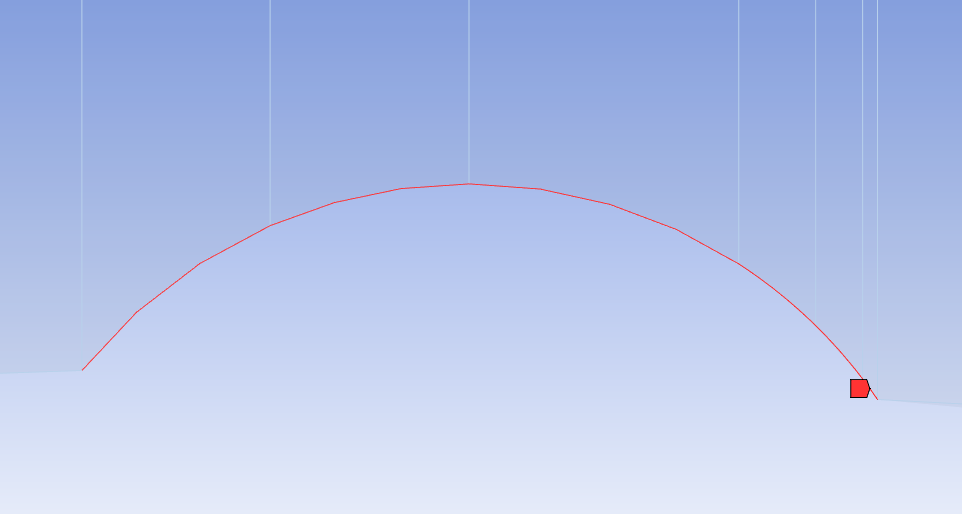-
-
June 3, 2024 at 12:26 pm
-
June 3, 2024 at 2:42 pm
Rob
Forum ModeratorSteady ought to work OK. However, I'd have a very careful look at the cell growth rate and aspect ratio as the images don't look great.
-
June 5, 2024 at 9:49 am
Tom Davies
SubscriberThanks Rob, I need to split the domain projection lines into more divisions, which area do you specificy mean?
The cylinder and aerofoil are connected, and I will just rotate the cylinder wall, this should work ok?
-
-
June 5, 2024 at 11:12 am
Rob
Forum ModeratorIt should be OK to just set the cylinder wall motion, but check for odd effects at the ends.
Re the mesh, have a look at the various NACA examples. You need to avoid jumps in cell size but also if you're expecting flow separation to avoid high aspect ratio cells. So, inflation + flow separation isn't good.
-
June 5, 2024 at 1:40 pm
Tom Davies
SubscriberI did a simulation with the wall rotating, and I got CD and CL values very different from when the wall was stationary, but the velocity contours looked ok. I then tried a simulation at an angle of attack and got exactly the same CD and CL.
-
-
June 5, 2024 at 2:16 pm
Rob
Forum ModeratorLook at the forces too, also check how the NACA wing sets the various constants for lift & drag coefficients.
-
- The topic ‘Aerofoil and Cylinder with Rotating Wall Boundary Condition’ is closed to new replies.



-
2979
-
970
-
857
-
750
-
599

© 2025 Copyright ANSYS, Inc. All rights reserved.










